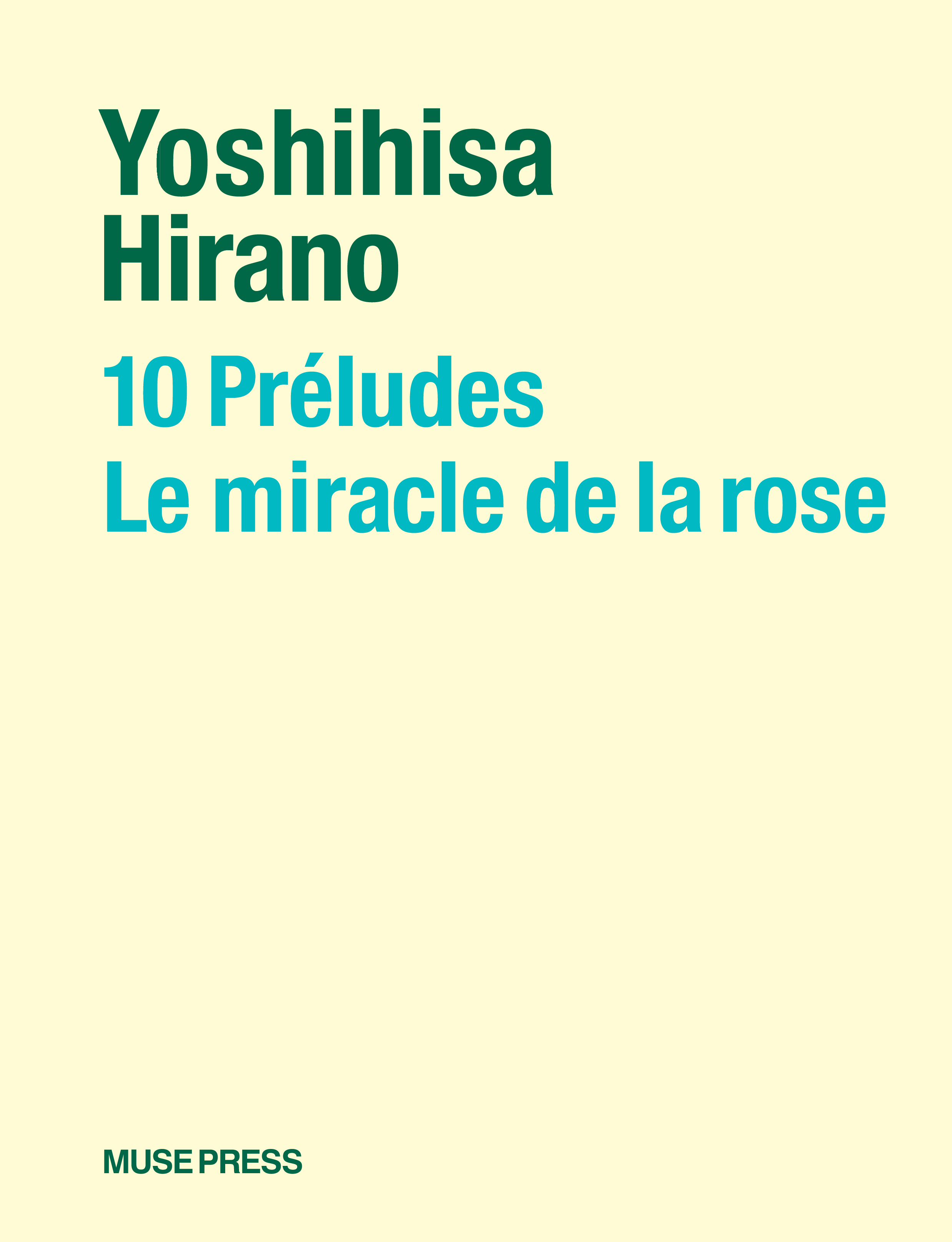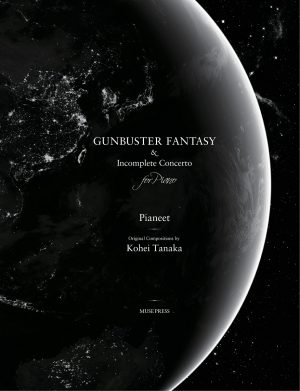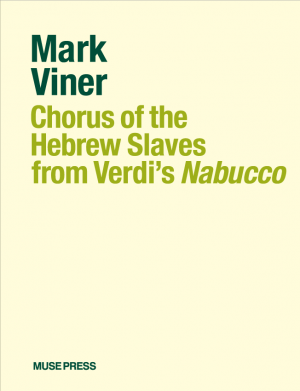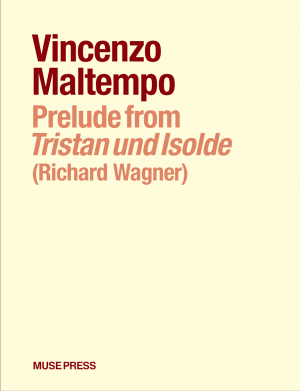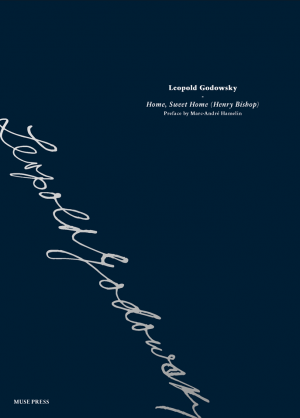Description
This is the long-awaited first publication of piano music by the composer Yoshihisa Hirano who is best known for composing the scores for anime series, such as Death Note, Hunter × Hunter (2011), and Edens Zero. An each work of the “10 Préludes” is named after a flower, and the character of the works are widely delicate and melancholic to powerful and passionate. The last piece in the publication “Le miracle de la rose” is inspired by the world of French novelist Jean Genet, and strongly depicts the dandyism and romanticism that the young Yoshihisa Hirano felt Genet exuded.
Table of Contents
10 Préludes (2015-2016)
I. Magnolia
II. Forget-Me-Not
III. Dahlia
IV. Tuberose
V. Gymnaster
VI. Tatarian Aster
VII. Christmas Rose
VIII. Snowdrop
IX. Lycoris
X. Dahlia
Le Miracle de la rose (2001)
Preface by Yoshihisa Hirano
When the CD of this work was released, I wrote in the booklet that “10 Préludes” was a collection of pop pieces. It was a somewhat pretentious expression, and I feel embarrassed when I read it again now, but it was what I really meant.
However, I was interpreting the word “pop” dogmatically based on a certain idée at the time. I used the word “pop” because there is certainly a pop element in this work, but I need to explain this properly again. If you literally put this score on the piano thinking it is a “pop” piece, you will be greatly confused. In other words, this work deviates significantly from the original pop form and style. The only element that makes this work pop is the idée mentioned above: sharing of emotions between the performer and the listener.
Although this is very cliché, many works of art are focused on the self-exploration of the artist. Therefore, they are often contemplative, and depending on the work, they can be considered philosophical. And the element of confronting one’s inner self becomes the ideology of “art”. Pop music, on the other hand, has an aspect that clearly appeals to the audience. In other words, it has an element of reaching out to external factors, trying to share its voice. When I wrote this piece, I tried to explore the nature of this music from the latter perspective. Music that is meant to be shared. In this sense, this work is a pop work, or more precisely, it is a work that I hope will be a pop work.
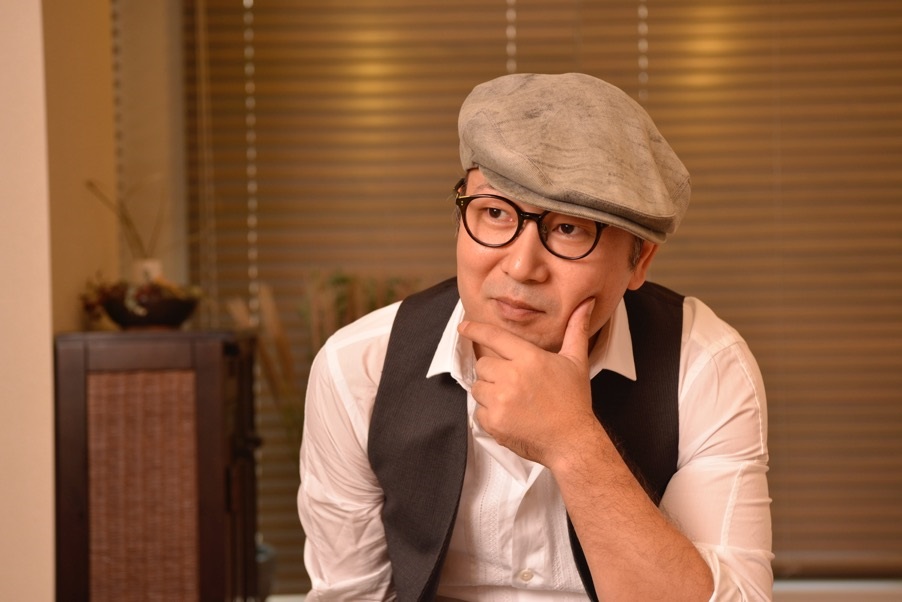
Yoshihisa Hirano
Yoshihisa Hirano was born in the Wakayama Prefecture of Japan on Dec.7th, 1971. Having been attracted to baroque music, he started to study composition by himself as an elementary student. He found jazz in high school. He enthused over the music of great jazz masters such as Miles Davis, Thelonious Monk, Eric Dolphy and John Coltrane. His admiration of them once gave him dreams of becoming a jazz musician, but he then discovered contemporary music. Specifically he gained interest in the works of John Zorn, one of the musicians who had the biggest influence on him in his youth. On the other hand, symphonies by Shostakovich also greatly impressed him, and helped him make up his mind to study composition seriously.
After many twists and turns, he moved to the United States. He entered Eastman School of Music in NY and studied composition with Christopher Rouse and Joseph Schwantner. Getting engrossed in books by 20th century french writers and thinkers including Bataille, Klossowski, Mandiargues and Genet, he spent most of his time reading and composing rather than attending classes.
After many twists and turns, he quit the school. He made his debut as a film composer in 2001. Thereafter he has composed a large number of soundtracks of TV shows, films and games.
